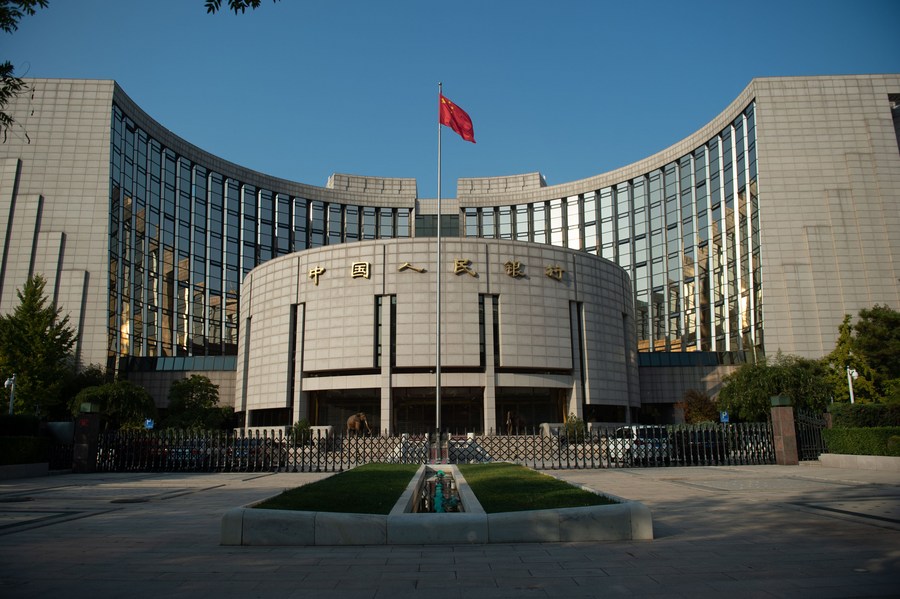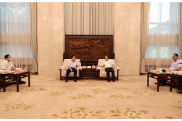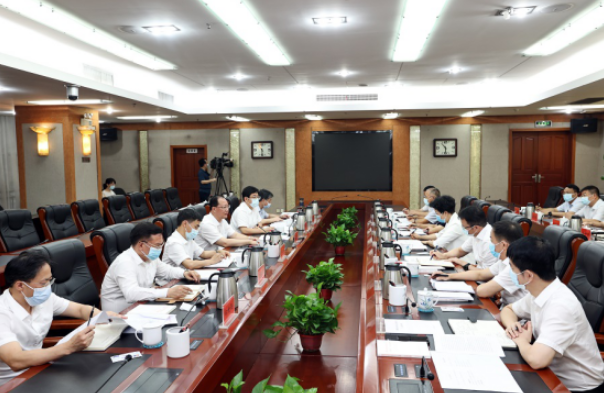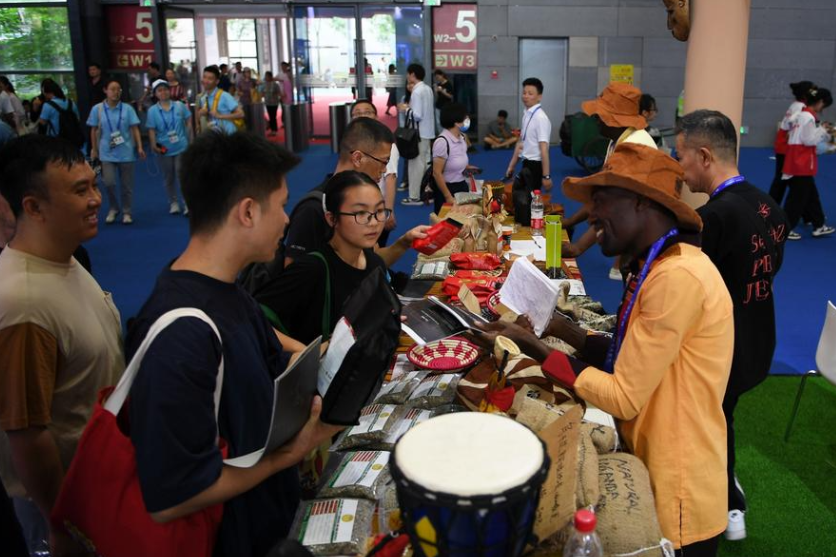Pressure builds on policymakers to boost stimulus for shoring up growth The People's Bank of China, the country's central bank, may implement a cut in the reserve requirement ratio next month amid an urgent need for policymakers to scale up stimulus measures to more decisively shore up economic growth, experts said. "The likelihood of an RRR cut in September is growing," said Lou Feipeng, a researcher at Postal Savings Bank of China. The RRR refers to the proportion of deposits that banks must hold as reserves. Financial markets have seen the recent rise in interest rates as a reflection of a tight funding situation, which could intensify in September when the issuance of local government special bonds accelerates, making liquidity support for banks necessary, Lou said. Commercial banks' likely repricing of outstanding mortgages also suggests there is relatively high chance for an RRR cut soon. Under the guidance of the PBOC, large commercial banks in China are poised to soon reduce the interest rates on their outstanding mortgages, which will ease homebuyers' debt burden, experts said. Cutting interest rates on existing mortgages, however, will pressure commercial banks' profit margins because their interest revenue will decrease, said Hong Hao, chief economist at GROW Investment Group. Cutting the RRR, which can help lower banks' funding costs, can help partially alleviate the pressure, Hong said. Their views echoed PBOC Governor Pan Gongsheng's remark on Wednesday that the central bank will keep market liquidity reasonably ample and use structural tools to guide more financial resources into private enterprises. The PBOC last cut the ratio in March by 0.25 percentage point, bringing the weighted average RRR for financial institutions down to 7.6 percent. The hoped-for RRR cut could come in as part of Chinese policymakers' efforts to intensify stimulus measures, political advisers and experts said. The policy space in the macroeconomic scenario, according to them, should be fully utilized — the sooner the better — as both China's domestic and external demands are under pressure, weighing on market entities' expectations. Gong Liutang, a member of the 14th National Committee of the Chinese People's Political Consultative Conference, said the mode of macroeconomic policy adjustments should change from making numerous minor adjustments to fully utilizing the policy space, in order to shape market expectations more effectively. Such a change in strategy is necessary because China's economy faces a new situation, featuring the dual pressures of slackening global demand and insufficient domestic demand, which rarely happened at the same time in the past, said Gong, who is also a professor of applied economics at Peking University's Guanghua School of Management. China's consumer price index and producer price index — two main gauges of inflation — came within the negative territory on a yearly basis in July, with CPI down 0.3 percent and PPI down 4.4 percent, indicating the acute problem of weak demand. Zhu Haibin, JPMorgan's chief China economist, said shifting policy focus may count even more than increasing stimulus measures in addressing a potential risk of deflation if weak demand persists. "Rather than primarily safeguarding production, investment and employment as in the past, emphasis should now be placed on promoting consumption and demand, with stronger support targeted at households," Zhu said. Alongside issuing consumption vouchers, improving the social security system is also a sensible policy option that will help reduce households' tendency to save excessively due to a precautionary approach, Zhu said. Specific policy options, according to Gong, may include bigger steps in interest rate cuts, raising the annual deficit-to-GDP ratio by 1 to 2 percentage points and issuing special treasury bonds to address weak links in the country's infrastructure network. Gong also said China's economy is expected to accelerate in the rest of the year and the first half of 2024 as fiscal spending speeds up while the transmission of recent monetary easing measures picks up pace. As part of the country's efforts to support the real economy as soon as possible, the PBOC said on Wednesday it has drafted a guideline focusing on ramping up financial support for private enterprises and will work to finalize and implement the guideline at an early date. The PBOC will guide financial institutions to elevate the proportion of lending to private enterprises and increase their allocation of private enterprise bonds, said Ma Jianyang, deputy head of the financial market department at the PBOC.
Experts see RRR cut next month
Editor:谭婕倪
Source:China Daily
Updated:2023-08-31 09:49:58
Source:China Daily
Updated:2023-08-31 09:49:58
Special
Contact
Welcome to English Channel! Any suggestion, welcome.Tel:0731-82965627
lisl@rednet.cn
zhouqian@rednet.cn











